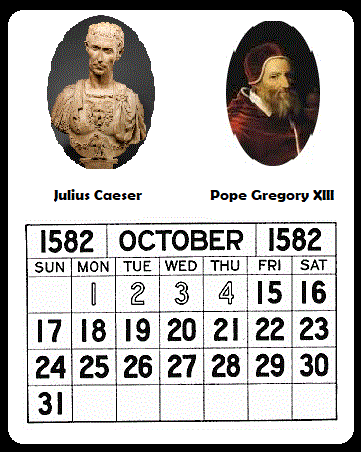As we all know, our earth rotates around itself and it requires 24 hours to complete a day & also that the earth revolves around the sun for 365 days to complete a year. But have you asked yourself why there are 24 hours in a day and 365 days in a year?
So this began from about 3500 B.C. during Egyptians who invented the shadow clock being Obelisks. Where the shadow clock was divided the day into 10 Hours & 1 hour each for the beginning and end of the day the Twilight hours, completing a total 12 hours.Why would Clocks have 12 hours why not 15 or 20?
Well answer to it would sound silly but probably because they used 12 finger joints excluding the thumb to do the calculation. & the number 12 was divisible by more numbers like with 2,3,4 & 6 than other numbers like 10 or 15 or 20. However, measuring this at night was not possible as there was no sun. So they came up with another idea, In ancient Egyptian astronomy, there were constellations called Decans. There were 36 Decans in total and 18 of them were present in the sky at a day in which a new Decan would reappear every 10 days to replace another. The rising of each Decan at night marked the beginning of a new hour. In the summer sky, the night corresponded to about twelve decans, although half a day would correspond to eighteen decans. This led to the division of the night into 12 hours.
But there was a problem with this system. As the time of year changes, so
do the lengths of the day and the night. While during summer, the days would
be relatively long, with short nights, and the vise-versa for the winter. In
the summer, a new Decan rose approximately every 40 minutes, making summer
night hours only 40 minutes long. This unorganized system was left untouched
until the Greeks needed a stable system to do calculations with. They
divided the day into 24 equal hours, called equinoctial hours, as the day
and night have the same length on each of the Equinoxes. The unbalanced
Egyptian system was used for centuries until mechanical clocks were
implemented in Medieval Europe. Since then, a balanced system where the day
is divided into 24 even hours has been in use.
Unlike time, Egyptians were also the ones who had a calendar system. The ancient Egyptian calendar was known as a solar calendar with a 365 day year. A solar calendar is a calendar whose dates indicate the season based on the apparent position of the Sun. The ancient Egyptian Year consisted of three seasons there were four months-long each with 30 days. At the end of the year, they added five additional days which were treated as outside of the year. These were an honor of the Egyptian gods.
 But even after adding an extra day every 4 years, the calendar was also
not perfect. The Leap days moved the calendar just slightly too far each
time. Because a quarter of solar days was slightly less and fluctuated
year-to-year, based on long-term changes to the earth and the sun's
movements. The adding one day every four years led calendar dates ten days
behind the seasons compared to where they used to be by 1582 Julian
calendar. To fix this problem three fewer leap days every four centuries
were required. The rule they came up to achieve this stated was that Every
four years would continue to be a leap year except if it was divisible by
100 unless it was also evenly divisible by 400. This removes three every
400 years. On October 4th Pope Gregory the 13th introduced this new
calendar named Julian calendar
the
Gregorian calendar. He also
undid the drift that had occurred since the early days of the Julian and
declared on October 4th that tomorrow would be October 15th.
October 5th to the 14th never happened in 1582 in countries that
listened to the Pope. Which took the rest of the world centuries to hop on
board.
But even after adding an extra day every 4 years, the calendar was also
not perfect. The Leap days moved the calendar just slightly too far each
time. Because a quarter of solar days was slightly less and fluctuated
year-to-year, based on long-term changes to the earth and the sun's
movements. The adding one day every four years led calendar dates ten days
behind the seasons compared to where they used to be by 1582 Julian
calendar. To fix this problem three fewer leap days every four centuries
were required. The rule they came up to achieve this stated was that Every
four years would continue to be a leap year except if it was divisible by
100 unless it was also evenly divisible by 400. This removes three every
400 years. On October 4th Pope Gregory the 13th introduced this new
calendar named Julian calendar
the
Gregorian calendar. He also
undid the drift that had occurred since the early days of the Julian and
declared on October 4th that tomorrow would be October 15th.
October 5th to the 14th never happened in 1582 in countries that
listened to the Pope. Which took the rest of the world centuries to hop on
board.








0 Comments